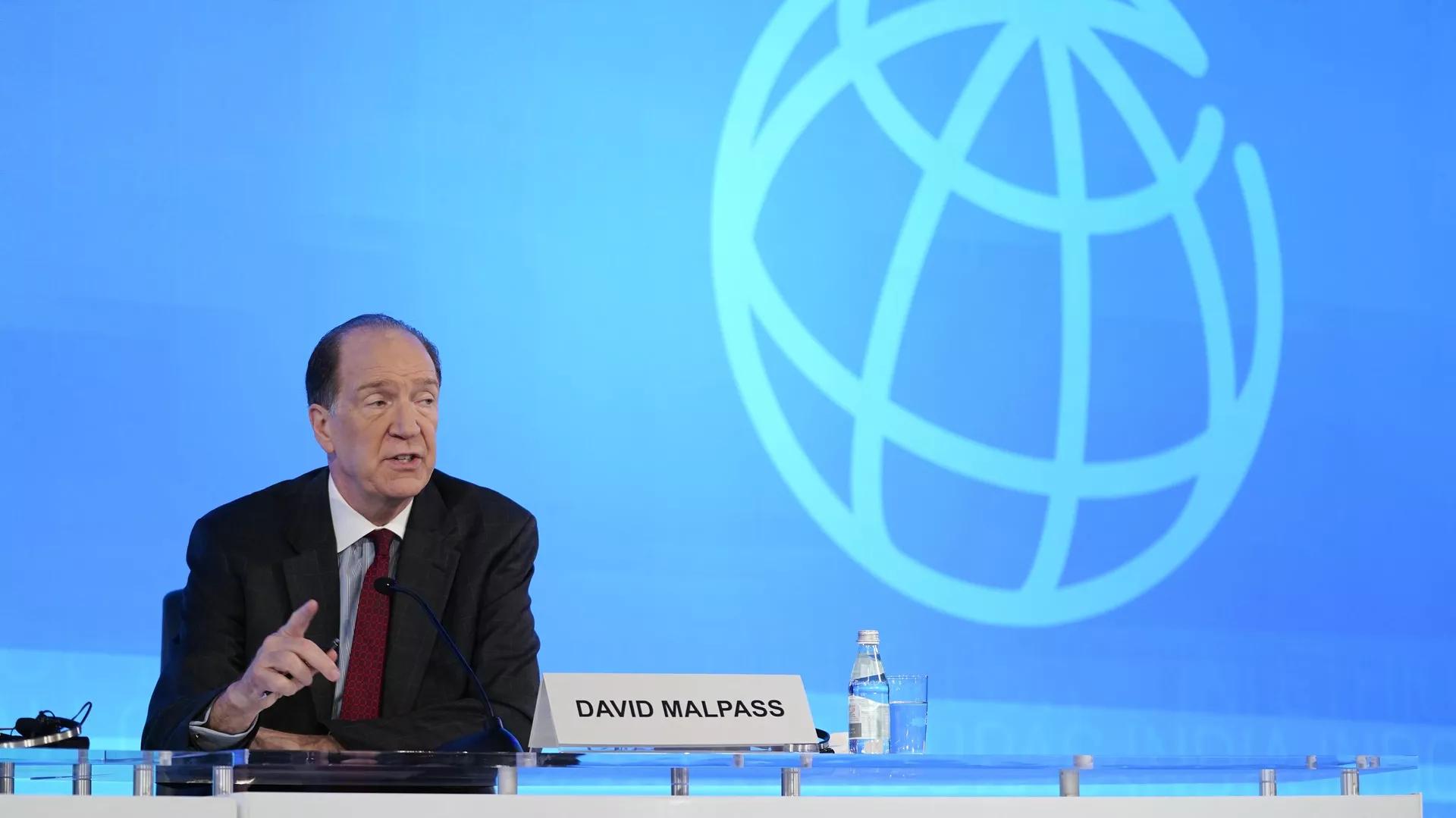Africa-Press – Seychelles. According to the IMF and World Bank, 25% of emerging market and developing economies are in, or on the verge of, debt trouble. For low- and middle-income nations, the percentage jumps to 60%. Pressure on economies still recovering from COVID-19 were heightened by inflation, interest rate rises, and climate shocks.
According to World Bank President David Malpass, debt levels among low- and middle-income nations climbed sharply in 2021, underlining the necessity of lowering the debt of poorer countries.
In an interview, Malpass said that out of all recent debts for the nations, China accounts for 66% of financing by official bilateral creditors. He asserted that it was apparent that private-sector creditors had to take part in debt reductions.
In order to help nations cope with the COVID-19 pandemic’s effects, the G20 major economies and the Paris Club of official creditors developed a uniform framework for debt solutions in late 2020. However, its implementation has been sluggish.
The first deal under the framework was made this week by Chad’s creditors. China, Switzerland-based Glencore, and others have reached an agreement to restructure the African nation’s approximately $3 billion in external debt.
The deal, which should be completed in the coming days, could mark China’s first involvement in a joint debt treatment agreement with other creditors and the first to be completed under the framework.
Malpass, however, argued that such a deal raises concerns about the sustainability of the nation’s debt over the long term. The World Bank’s top financier urged for the debt restructuring for Zambia, which made its initial request for assistance under the common framework in early 2021, to proceed more quickly.
He said it was essential to move the process through quickly and implement significant debt reductions for both Zambia and Chad, since “the longer the process goes on, the harder it is for the country and the people in the country to get back on their feet.”
According to preliminary World Bank data released in June, low- and middle-income nations’ foreign debt stock increased by an average of 6.9% in 2021 to $9.3 trillion, exceeding the 5.3% growth witnessed in 2020. Moreover, Malpass characterized the bank’s upcoming International Debt Statistics report as alarming without providing any figures.
The World Bank’s annual report on global debt figures is scheduled to be released next month.
For More News And Analysis About Seychelles Follow Africa-Press






